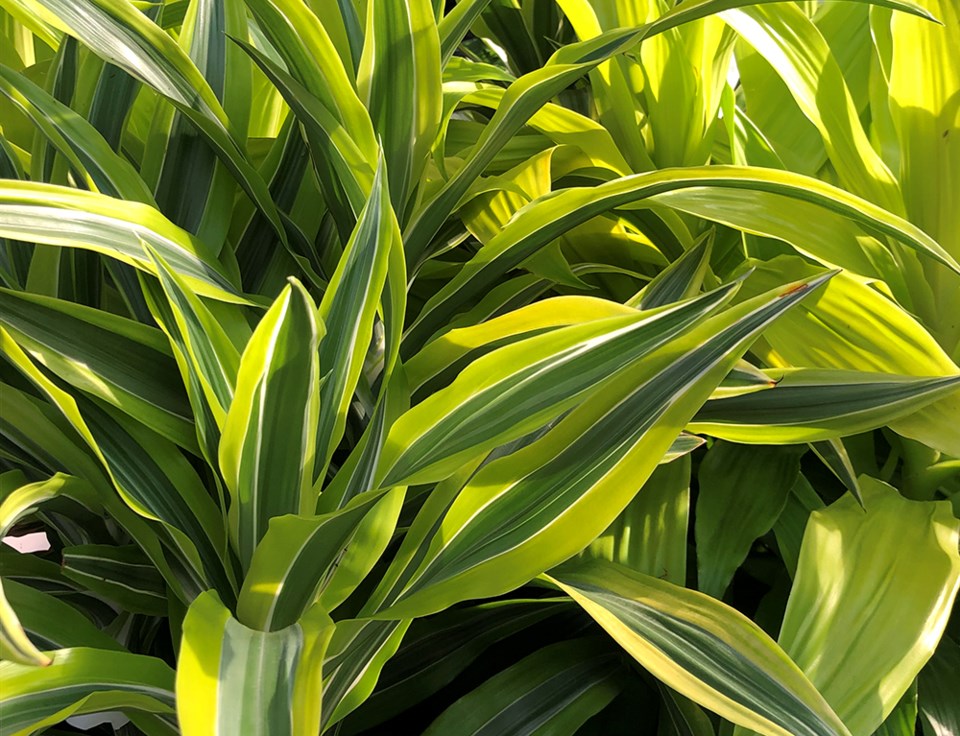We're forecast to get our first frost this weekend, which means it's the last call for our tender plants and hardy tropicals to come inside.
Early September would have been the best time to recall your houseplants from their vacation outside, as the change in conditions was not so abrupt at that time and they would have adapted more quickly to the inside environment, but there is still an opportunity to do it now.
Several major problems may arise when traditional houseplants come back inside.
Unwanted visitors often come back in with them. Many insects lay eggs on plants, and these eggs will hatch indoors and begin causing trouble almost immediately.
It would be wise to wipe the leaves down with a damp tissue and then spray three times, five to seven days apart, with Safer's organic, broad spectrum "Trounce" to make sure they're clean. Organic horticultural oil is also great to treat scale and other unwanted passengers.
It can be difficult for some plants to adapt to indoor fall conditions. We have to create a more humid situation around these plants especially while they reacclimatize.
This is easily done by creating a cooler, well-lit location inside, and it will make a tremendous difference in the quality of your plants.
The secret to good maintenance of all plants during winter is plenty of light, lower room temperatures and moderate watering. All plants will need higher light intensity during the short, often cloudy, winter days, so place them near your east and north windows and add extra overhead light.
Not only is it more economical to run your house temperatures lower, but it is also more beneficial to your plants.
Watering is critical. Only water if the plants are dry and, when you water, water thoroughly in the morning with warm water.
The secret is to allow the soil to become dry before you water again. Try this approach on your indoor plants, and I’m sure you will notice a significant difference. Overwatering is the enemy of all indoor plants.
It is best to keep all your indoor plants rootbound for winter. It's quite a dramatic change for plants going back inside at this time of year. So please, keep them in their existing containers and wait until April to upsize.
As far as tender outdoor plants are concerned, they too should be in a frost-free environment. This includes dracaenas, geraniums, mandevillas, fuchsias and lantanas.
You can protect them from heavy frosts by either placing them in insulated garages or on protected patios. It is relatively easy to overwinter half-hardy perennials and hardy annuals with just a little care to protect them from severe frosts.
It's nice to save them to enjoy next spring.



